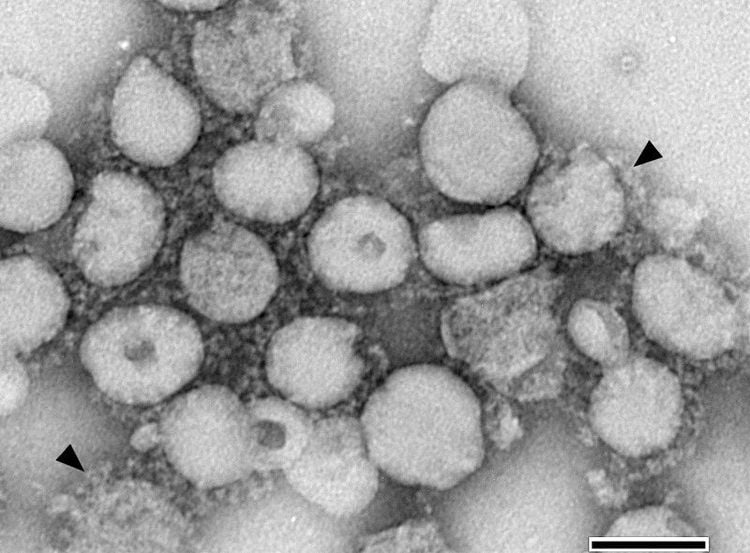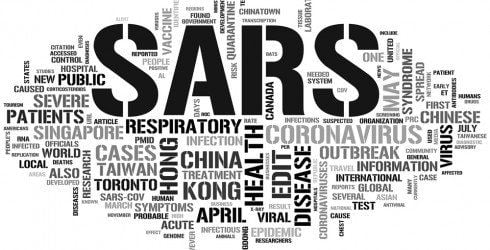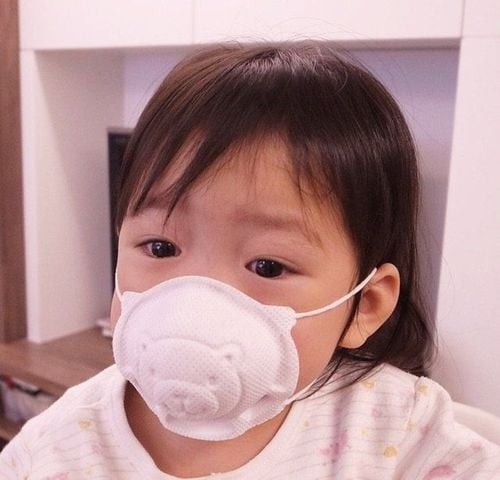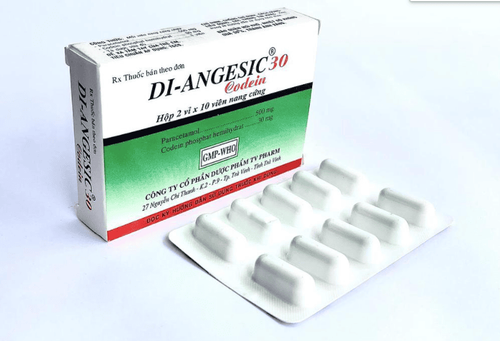This is an automatically translated article.
The complicated developments of the COVID-19 epidemic caused scientists as well as the community to search for information about the global SARS epidemic in 2003. The valuable lessons in the fight against the 2003 SARS epidemic are valuable experiences for the world. the whole world and Vietnam in the prevention of the COVID-19 epidemic caused by the new strain of corona virus 2019.1. What is SARS?
Severe acute respiratory syndrome (SARS) is a respiratory infectious disease caused by a virus that was recognized as a global threat in March 2003, after first appearing in southern China in March 2003. November 2002.2. What are the symptoms and telltale signs of SARS?

Sau khi nhiễm bệnh, triệu chứng đầu tiên bệnh nhân gặp phải là những cơn sốt cao, ớn lạnh
3. What was the cause of SARS?
SARS was caused by a previously unknown coronavirus, then known as the SARS coronavirus (SARS-CoV). When infected with SARS, the patient can also be infected with other infectious agents.4. The relationship between SARS and Coronavirus
What is coronavirus?Coronaviruses are a group of viruses that have a halo or crown-like appearance (corona) when viewed under a microscope. These viruses are common etiologies of mild to moderate respiratory illness in humans and can cause respiratory, gastrointestinal, hepatic, and neurological disease in animals.

Các coronavirus là một nhóm vi-rút có hình dạng quầng hoặc giống như vương miện (corona) khi nhìn dưới kính hiển vi
5. If coronavirus usually causes mild illness in humans, how could it cause a potentially life-threatening illness like SARS?
Currently there is not enough information about this virus to determine the full range of symptoms it can cause. Coronaviruses are sometimes associated with pneumonia in people, especially those with weakened immune systems. Viruses can also cause severe illness in animals, including cats, dogs, pigs, mice, and birds.6. How long can SARS-CoV survive in the environment?
Studies at some laboratories show that the virus can survive in the environment for several days. How long the virus lasts can depend on a number of factors. These factors may include the type of material or bodily fluids that contain the virus and various environmental conditions such as temperature or humidity. Researchers at the CDC and other organizations are designing standardized experiments to measure how long SARS-CoV can survive in situations that simulate natural environmental conditions.7. How many people were infected in the 2003 SARS epidemic and how many died?
During November 2002 to July 2003, a total of 8,098 people worldwide developed severe acute respiratory syndrome with pneumonia. According to the World Health Organization (WHO). Of these, 774 died. By the end of July 2003, no new cases had been reported and WHO declared the global outbreak to be over.
Trong vòng 8 tháng, tổng cộng có 8.098 người trên toàn thế giới mắc hội chứng hô hấp cấp tính nặng kèm viêm phổi.
8. How was the SARS epidemic in Vietnam in 2003?
SARS was also a terrifying and frightening pandemic, given the numbers of cases and deaths in China, as well as around the world. Vietnam is one of 25 countries with the circulation of SARS, with 65 people infected and 5 deaths as of April 28, 2003. April 28, 2003 was also the day Vietnam honored as the first country in the world to successfully control the epidemic, and no new cases were recorded after that. It was 45 full days of horror against the epidemic of the medical staff of the Viet Phap Hospital and the Central Hospital for Tropical Diseases. At the Viet Phap Hospital at that time, 44 doctors and nurses were infected and 6 people died.The first case of SARS in Vietnam was a Hong Kong patient, Johnny Cheng, who died during treatment at the Viet Phap hospital. Viet Phap Hospital was the first hospital to participate in the fight against the epidemic, followed by the Central Hospital for Tropical Diseases.
In addition, the story of Italian doctor Carlo Urbani, is the story that touched many people during the anti-SARS epidemic in 2003. He was the first person to discover the disease severe acute respiratory distress syndrome. . He spent the last days of his career fighting with the medical staff at the Viet Phap hospital.
Then he died on the way to attend a conference on parasites in Thailand. He was treated at a hospital in Bangkok, Thailand and could not survive after 18 days of treatment. Before his death, he could only see and talk to his wife and children once through the walkie-talkie and the isolation door at the hospital.
He then requested that his lung be removed for postmortem study. The touching story of Doctor Carlo Urbani is always mentioned in Vietnam as well as around the world. His early warning to the World Health Organization (WHO) made it possible for WHO to take timely measures to prevent disease and prevent infection for thousands of people around the world.
The passing of Doctor Carlo along with the medical staff of Viet Phap Hospital is still a touching story for any medical staff who participated in the fight against the epidemic in 2003. It is also a lesson learned for all hospitals across the country to always be vigilant, and prepare mentally, human resources, and resources to prevent infectious diseases at any time. Because emerging epidemics and diseases that are likely to re-epidemic are unpredictable in the future. Just a small carelessness in epidemic prevention can result in the lives of patients and medical staff alike.
After Vietnam announced the first successful control of the SARS epidemic in the world, valuable lessons and experiences from the anti-epidemic process in Vietnam have been shared and learned by many countries around the world. The key to disease prevention in Vietnam, which has been unanimously applied by experts, is to open the door of the ward to reduce the concentration of virus in the air, thereby reducing the risk of disease even in the case of exposure to the virus. infected. This experience is still being applied to the fight against COVID-19 in Vietnam.
Thus, according to current statistics, the number of cases and deaths in the COVID-19 epidemic has surpassed that of SARS 2003. Lessons learned in fighting the 2003 SARS epidemic are still being applied in the prevention of the COVID-19 epidemic- 19 but more proactive, more drastic. In the prevention of infectious diseases, each citizen's awareness of epidemic prevention is important. Therefore, proactively updating information and thoroughly applying epidemic prevention measures is the responsibility of each individual to the community.
Customers can directly go to Vinmec Health system nationwide to visit or contact the hotline here for support.
Articles refer to the source: Cdc.gov, Who.int
MORE:
2019-nCoV is similar to the virus that causes MERS and SARS? Information to know about the 2003 SARS pandemic When did the SARS epidemic appear in Vietnam?













